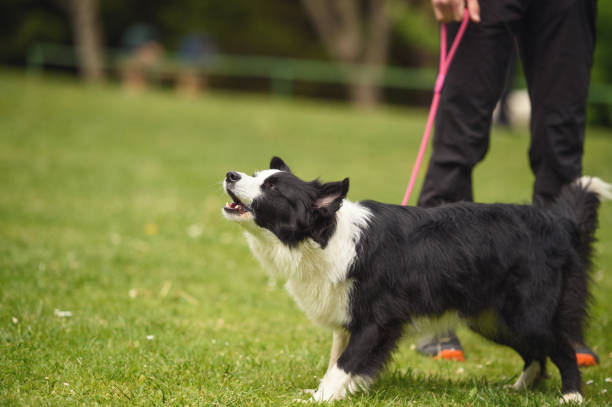Why do dogs bark?

In fact, yipping and yowling are two ways that dog barks convey enthusiasm to one another. These barks are often high-pitched or medium in pitch, and your dog will give out one or two at a time until the enthusiasm subsides. Barks are frequently accompanied by a wagging tail and an alert—but happy—body posture. It's also usual for children to whirl in circles or tap their feet fast. This demonstrates their enthusiasm and should express to you: let's get started!
When a dog needs your attention, he or she may bark at you. This sort of barking is usually a long series of single barks with pauses in between. Depending on the dog and the scenario, they may be requesting a stroll or food. Dogs who are bored may bark to catch your attention or to engage you in playfulness. Destructive habits may arise if a dog is not properly cognitively and physically stimulated. Daily walks, dog puzzles, quality time, and doggie day care may all help to keep your dog entertained. Some astute dogs will bring an obvious suggestion, such as a ball or a leash.
When there is an obvious trigger, such as a strange person entering the home, another dog nearby, or being trapped in a position with no visible escape path, defensive barking is commonly heard. When dogs are in agony, they will bark. This conveys to their pack that they need help or that a specific activity is causing them pain and that they want it to cease. When an animal is accidently bumped during rough play or is assaulted by another animal, this form of barking is typical. The bark may be higher pitched and staccato, or it may taper off as the bark continues.

















